If you wonder why positive child guidance is important you’ve hit the jackpot! I’m just kidding, you’re in the right place to get your answer to that question ASAP.

What is Positive Child Guidance and Why is it Important?
It’s important because proper (positive) guidance, along with emotional warmth and stimulation from parents, is crucial for raising a socially responsible and well-adjusted adult. Guidance involves modeling appropriate behavior and shaping human interaction, so children can learn to regulate their reactions and emotions, develop prosocial behavior, and internalize a sense of morality and conscience.
So in this post, we’ll talk about:
- how is guidance related to a child’s development
- the purpose of child guidance
- why is positive guidance important
- what’s the connection between child guidance and positive parenting
- guidance vs. punishment
- and guidance for parents.
Additionally, near the end you’ll find 4 helpful resources that can be very beneficial and useful to support your efforts to provide positive guidance
If you’re all set, let’s roll!
Note: Although I am a Clinical Social Worker, engaging with this website does not establish a professional social worker-client relationship. The information provided here is for general purposes only and should not be considered professional advice. While we strive to ensure accuracy and reliability, this content is not a substitute for professional guidance. For specific concerns, issues, or situations, it is essential to consult a qualified professional and present your situation. Read the full Disclaimer here.
WHAT IS CHILD GUIDANCE IN CHILD DEVELOPMENT?
Parental guidance is a parenting capacity dimension. More precisely it’s one of the 6 parenting capacity dimensions.
If you’re not sure what parenting capacity is, it’s the parent’s capability to respond to the child’s developmental needs adequately.
They provide a base for a parent to respond to the needs of a child.
Nevertheless, sometimes that’s not enough because parenting capacity can weaken for different reasons.
For example, it can be affected by domestic violence this parent is a victim of. If you’re interested in more details concerning parenting capacity, check out my blog post What is Parenting Capacity and How to Find Balance as a Parent.
Some of the parenting capacity dimensions are being an emotionally warm and responsive parent, ensuring safety, but also proper guidance and boundaries.
And this is our topic today – a synonym for this dimension is child guidance.
Child guidance, in a short summary, is teaching and training children to properly regulate their emotions and behavior. Parents do this by:
- modeling appropriate behavior.
- demonstrating appropriate behavior for the child together with channeling emotions and interactions with other people.
- managing and regulating a child’s behavior.
- setting clear limitations to ensure producing an internal model of moral values, conscience, and prosocial behavior in children.
Let’s see what’s the purpose of this dimension.
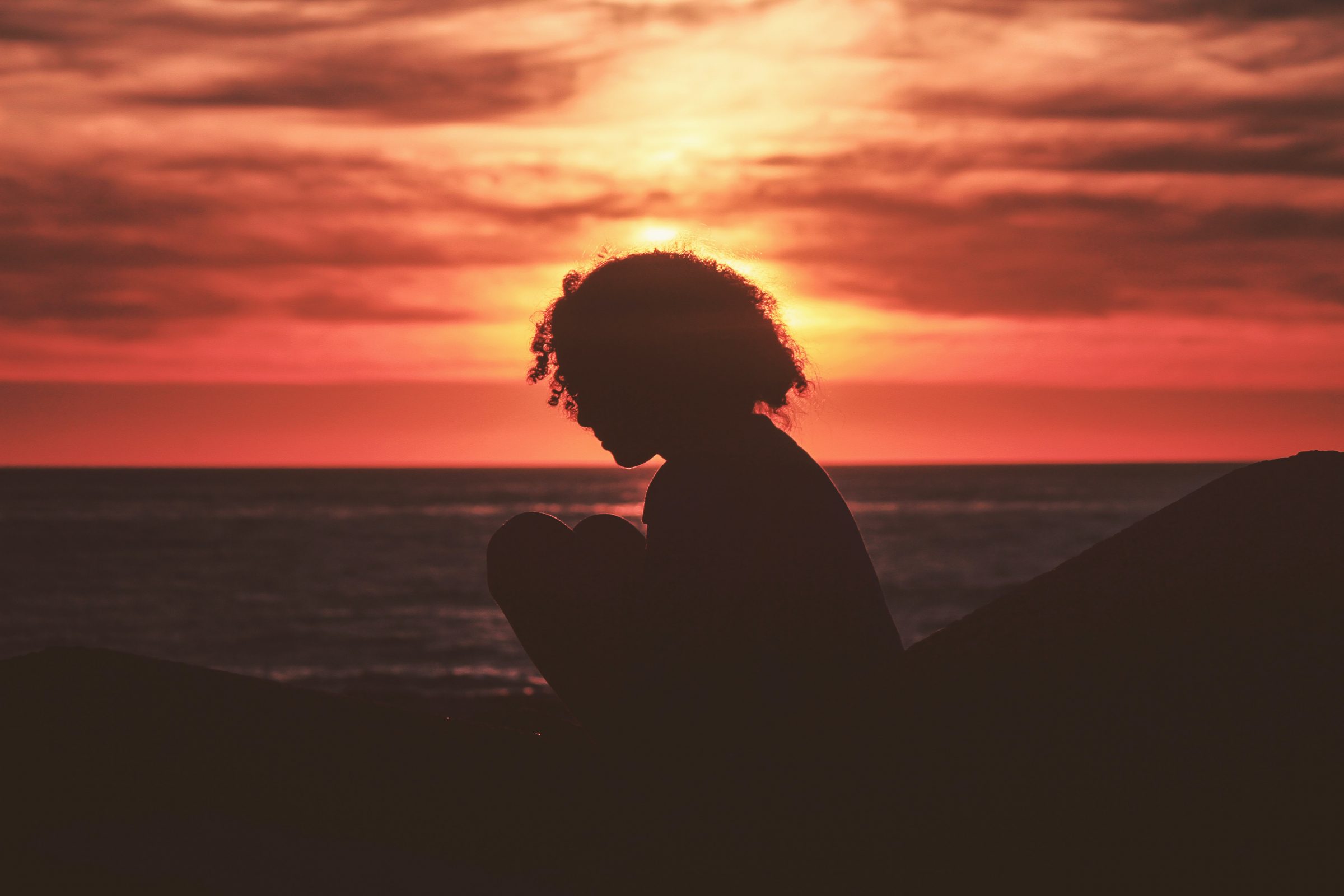
For more details about Guidance in child development, read my blog post that covers it. Here is the link to What Is Guidance In Child Development.
WHAT IS THE PURPOSE OF CHILD GUIDANCE?
The purpose of child guidance is to provide conditions and opportunities for a child to develop into a mature and autonomous adult.
With parent’s well-implemented child guidance a child will become:
- competent in prosocial, positive, and quality interaction with other people,
- more independent,
- a person with crystallized prosocial values.
If you want to get more details about this aspect, I recommend you read my post What is the Purpose of Child Guidance. Here you can also find guidelines about child guidance for infants and toddlers if this interests you.
WHY IS CHILD GUIDANCE IMPORTANT IN THE FIRST PLACE?
Child guidance is super important because when done properly, together with the right amount of parent emotional warmth and stimulation, it’s a parent’s ticket to raising a child who will be a socially responsible and well-adjusted adult.
What a parent does here, is model and shape appropriate behavior and human interaction, so then a child can:
- Learn how to channel and regulate its reactions, emotions, and behavior.
- Develop prosocial behavior.
- And internalize a sense of morality and conscience.

This means child guidance is critical for children because it’s the answer to the next several aspects:
- How does the child know where to go and what to do?
- How does a child learn how to channel emotions and how to behave?
- What’s appropriate social interaction with others?
- How does a child internalize morality sense, moral values, and conscience?
- How do children learn to define and differ their personality and individuality from others?
- How does a child seize autonomy?
- How will a child make a difference in its roles and obligations and those of its parents?
WHAT IS THE CONNECTION BETWEEN POSITIVE GUIDANCE AND POSITIVE PARENTING?
Positive parenting is parental behavior shaped by the child’s best interest. But first, the term child’s best interest is born with the UN Convention on the Rights of the Child.
If you’re unfamiliar with it – it’s been adopted and enacted in 1989, and ratified by UN member states.
The Convention on the Rights of the Child recognized the children as a separate group with separate rights, apart from their parents and their family, so a child can have a voice and their human rights guaranteed.
With the ratification of this Convention, the states that are members of the UN committed to protecting these rights within their legislation and territory.
However, as an international treaty, this important document is applicable before any national legislation.
This means it always applies regardless of any legislation/regulatory provision that’s in conflict with it. (It takes precedence.)
The family, so parents/guardians, together with countries where parents reside (that are responsible to support these parents in this), are obligated to protect these rights and enable the exercise of rights for the children.
But besides this responsibility, there is also the aspect of acknowledging and being considerate of the parent’s position and resources at the same time providing all of that.
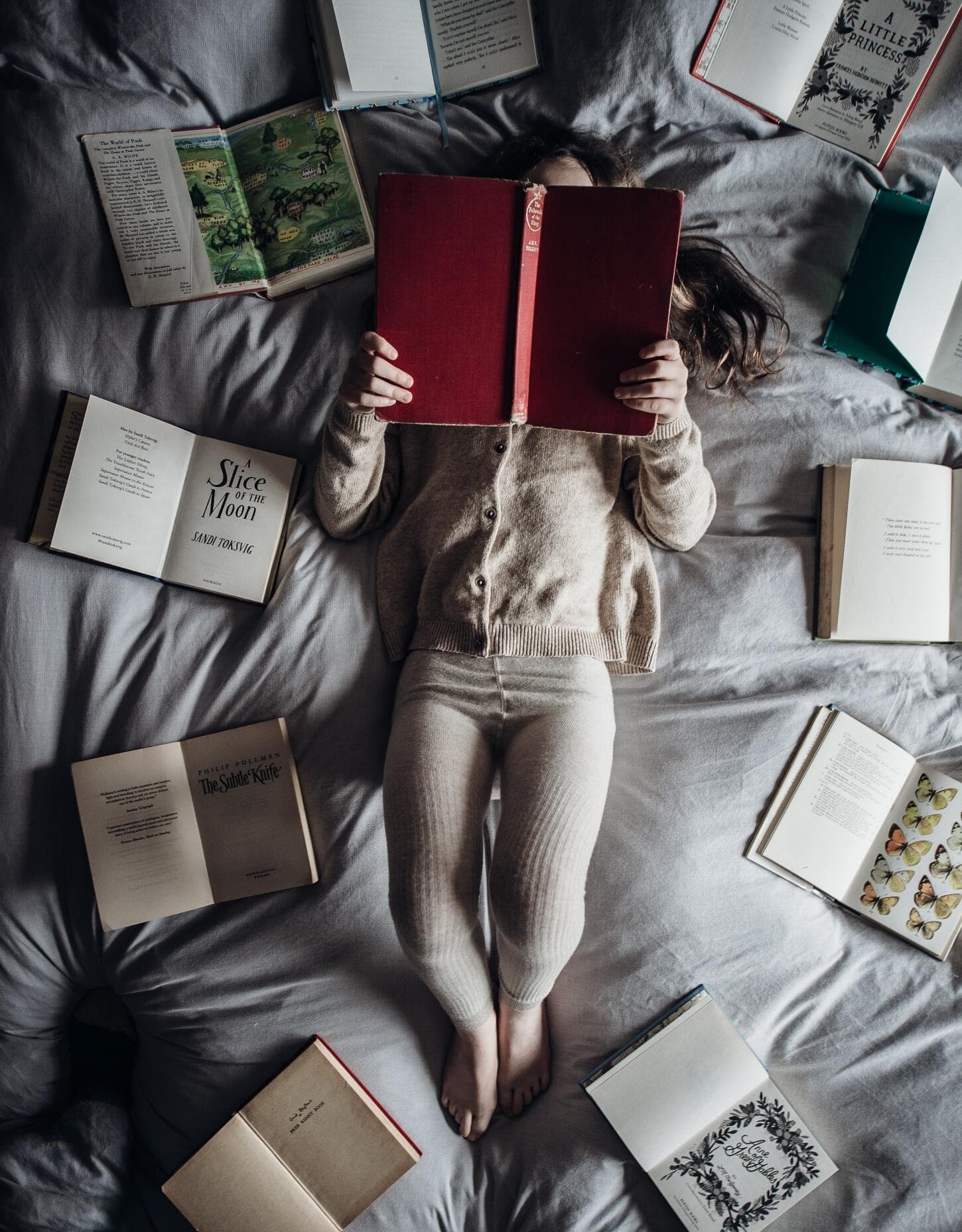
LIVE Q&A And Consultations with Jovana (WISHLIST)
Want a chance to get included in live weekly calls with me and get access to my expert insights, advice, recommendations, and guidance for your unique situation?
Consider signing up if you are aiming for:
- achieving tremendous child-parent relationships with the least effort possible as you learn what to focus your attention to
- attuning to healthy child development practices without losing yourself in the process and ignoring your human needs, rights, and aspirations for your life
- understanding and responding to your and your child’s needs better and carefully easing the tension between the two
- having your most pressing questions and concerns addressed and ongoing support
- getting skilled in honoring the child’s best interest in each life situation with the help of a few key rules and principles (child wellbeing, independence, autonomy, participation, and equality)
- experiencing a supportive and cooperative relationship with the other parent or a co-parent even in high-conflict circumstances
Address your doubts, concerns, and challenges, but also reflect on your situation through the experiences of others in this small and supportive community.
You’ll unlock monthly access for 60% off of my current hourly rate!
WHO IS A POSITIVE PARENTAL FIGURE?
In the spirit of the child’s best interest, a positive parent is a parental figure responsible for setting the limits for the child to help the child internalize the moral norms, and shape prosocial behavior in a child. But when setting these limitations s a positive parent:
- isn’t harming a child in any way
- and is avoiding overprotecting a child which prevents this child from gaining its experiences and developing different essential social and other skills for life.
So this is exactly where child guidance and positive parenting meet. And that’s how a parent’s child guidance gets the opportunity to match the positive child guidance.
So then positive child guidance is child guidance that leans onto positive parenting.
But besides being the figure responsible for child guidance, the positive parent also:
- acknowledges children as competent individuals entitled to their rights which can’t be alienated or transferred to anyone else.
- leads a child towards achieving its full potential while protecting it from harm and raising it in a safe environment. But without overprotecting and stopping it from making its own choices.
- is respecting and responding to evolving autonomy in decision-making about things that affect kids (participation).
If you’re interested in how sticking to 7 positive parenting rules can help your kids reach their full potential, read my post on this matter.
Now, let’s explore these 3 positive parenting determinants.
We’ll begin with acknowledging children as competent individuals.
WHAT IT MEANS TO ACKNOWLEDGE CHILDREN AS COMPETENT INDIVIDUALS
Acknowledging children as competent individuals means kids are active participants and competent decision-makers in their lives.
For you, this suggests that you respect this fact whenever you’re exercising your parental rights and throughout the whole period while you’re raising your kids.
Considering we’re talking about positive child guidance, a good example of this would be that you make an effort to understand the child’s behavior, explain what’s wrong with their actions, praise the good, and discipline respectfully, instead of ever reaching for harsh and corporal (physica) punishment.
This is important because this way you’re acknowledging that their behavior makes sense, that it has its purpose, and that you’re respecting their voice.
By acknowledging that their behavior makes sense and that you aren’t discarding it, you’re showing you see and respect them as equals and see them as dignified with respectful treatment.
Children’s entitlement to their rights means their rights can’t be transferred to others or alienated because they are autonomous (they belong to the child only, and are related solely to them).
There is no possibility for the rights to be divided when they’re being exercised in practice, and there is no hierarchy of rights, which means none of their rights have an advantage over others.
Children’s rights CANNOT be overlooked or skipped because something else is ”seen as a priority”.
WHAT IT MEANS TO LEAD CHILDREN TOWARDS ACHIEVING FULL POTENTIAL WHILE PROTECTING THEM FROM HARM
As a parent, you should set high expectations so kids can reach their full potential. Also, it’s really important to ensure a safe environment to the extent this is in your power, naturally.
Considering this isn’t always possible to achieve. For example, you can live in a society where a certain group or groups of people can’t feel safe, not to mention natural and human catastrophes, war zones, etc.
Protecting kids from harm and raising them in a safe environment does not include overprotecting them and preventing them from gaining their own experiences.
This is important because overprotection stops them from becoming more and more independent and is harming their mental health.
What overprotection does is intimidate children. And then they can’t learn to make a distinction between what is dangerous and what isn’t, so they always have to be on guard.
Fast forward, we have a preoccupied person which can’t fully perform in their daily activities or even has a problem functioning.
The same thing can happen with kids that were raised in an unsafe environment – they have to invest a lot of energy in being cautious all the time.
It’s also important to mention that protecting them doesn’t mean they’re only passive recipients or objects of actions aimed at keeping them safe.
What’s also part of this is protecting their rights by firstly changing focus from seeing them solely as vulnerable and sensitive, and taking away their power, and secondly, respecting their rights.
You may want to read:
If you found the information on the blog helpful & inspirational and you feel like giving back, you can do it by clicking the donate button after entering amount you’re comfortable with. I’ll use it to create and deliver more useful content and resources like this. Thanks for your precious contribution!
WHAT IT MEANS TO RESPECT AND RESPOND TO EVOLVING AUTONOMY IN DECISION-MAKING ABOUT THINGS THAT AFFECT KIDS
Enabling kids to participate in making decisions that affect their lives suggests that you see kids as competent individuals, which, as we said, means that you trust them to be able to form their opinions and make rational choices.
Autonomy in decision-making is naturally expanding as kids’ capacities are evolving. And they are always evolving starting from the first day of their lives.
This suggests that you should:
- share power with them,
- let them feel more in control of their life,
- accept that they don’t need to prove they’re capable to participate in decision-making (unless it’s proven that they can’t,) or prove that they are deserving of their right to participate.
- create conditions in which they’ll be enabling, encouraging, and supportive for them to be able express their view about things that are happening around them.
In most cases, kids DO SHOW the capacity to participate, but the adults are those who aren’t willing, prepared, or skilled to enable or ensure that kids feel included, validated, and listened to.
Kids express their views according to their age, levels of maturity, and evolving capacities.
Now, there is often confusion about whether punishment and discipline are the same and where is punishment’s place in child guidance. So we will clear that out in the next subheading.
CHILD GUIDANCE VS. PUNISHMENT
As you probably know, or maybe you’re uncertain and that’s really fine – punishment, discipline, and child guidance are all different but interconnected.
A proper amount of discipline and disciplinary measures parents set and take are an integral non-negotiable part of child guidance, so a parent can shape the child’s behavior. While punishment isn’t.
The reason for this is the fact that punishment doesn’t have to be used to maintain successful child guidance, while (positive) discipline has to be.
In positive parenting, punishment isn’t in the focus and it’s even possible to almost never reach for it in your parenting life cycle while still getting amazing results.
The alternative is making sure a child takes care of the reparation of damage. Of course, we can use both together, too, in certain situations.
Maybe one of the biggest problems with the punishment system is the parents’ fear that if they don’t use it they’ll mess up the child. Well, let me tell you that you won’t, but if the disciplinary system is working.
This is true in general, however, this doesn’t mean that punishment can’t be useful or constructive when managed properly.
Or that parents should set too high standards for themselves or don’t use it just for the sake of saying they aren’t using it and that’s why they’re successful.
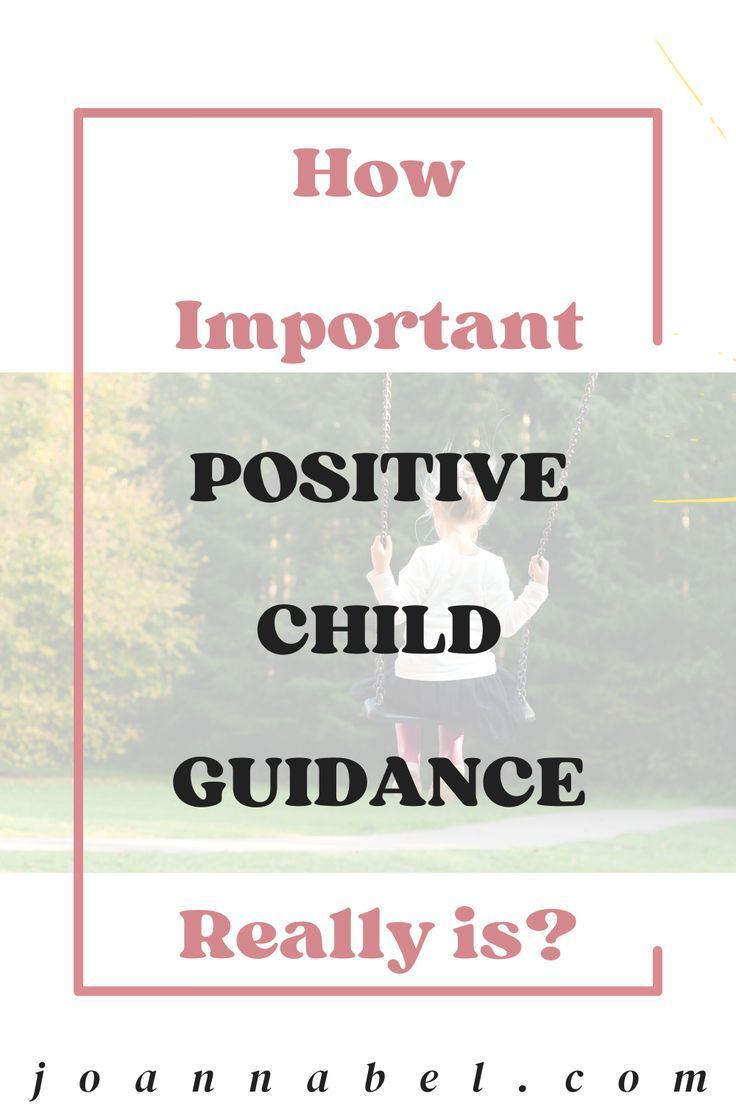
Nevertheless, it needs to be:
- well implemented,
- within certain boundaries,
- with a clear connection between the misbehavior and the punishment so a child can learn from their mistakes,
- never harmful, vindictive, or cruel.
Which can be a tough task for many parents. To help you with this I’ve written a blog post that guides you through appropriate ways to use punishment. Use this link.
The reason for the fear or uncertainty I mentioned, is our common and learned way of thinking about mistakes, misbehavior/bad deeds, and punishments.
More precisely, how society rigidly deals with misbehavior and bad deeds.
But in positive child guidance, it’s imperative that a parent:
- puts enough effort into understanding a child’s behavior.
- points out and praises good behavior.
- understands a child is capable to learn how to self-regulate its emotions and behavior and learn proper social interaction.
- corrects misbehavior and responds to it appropriately and never violently.
- becomes aware that any inadequate/inappropriate behavior can be replaced with a prosocial one.
PUNISHMENT IN POSITIVE CHILD GUIDANCE
In positive child guidance, considering discipline is a part of it, when we say we shouldn’t focus on the punishment, but on learning the appropriate behavior, which means that:
- it isn’t the same as discipline,
- the behavior can be managed without using punishment,
- it’s the last option and less favorable in comparison to repairing the damage as an alternative,
- it’s a resource for dealing with misbehavior that needs to be carefully and well implemented, never excessively, overly strict, or harmful,
- it needs to be clear to a child why and when it is going to happen, and what’s going to occur,
- it’s not a cause (purpose) for itself – a child needs to understand why is being punished so it can learn what’s the right behavior, and never that it’s unworthy or bad as a person,
- for greater misbehavior, it should be used in combination with a child repairing the damage,
- it’s optimal when used in combination (together) with repairment of the damage every time.
For more details on this, you can use my post What Is The Best Way To Punish A Child?.
This post is not promoting punishment, my intention is to help prevent harm that’s being done to kids with inadequate, inappropriate, harsh, ineffective manner of punishing.
WHAT ARE COMMON MISTAKES PARENTS MAKE WITH PUNISHMENT
What plays a key role in this, is the parent’s tolerance for a certain level of disobedience or lack of this tolerance.
Society still positions kids as humans that are here to behave. And this is why it’s hard to distance from that perspective when taking action regarding children’s behavior.
This perspective was installed in our way of thinking and behaving ever since we were kids.

Also, when you use punishment:
- to release the tension behavior brought you.
- to put your personal comfort before a child’s developmental and emotional needs (for example the kids are louder than adults and need more movement but you aren’t tolerant enough to balance your expectations and your response).
- to dominate the child.
- to diminish the child.
- to lead to humiliation of the child.
- to harm the child as an outcome.
- that’s overly strict because you don’t know how to tailor/calibrate the punishment to fit the gravity of the mistake
- to withdraw from punishment once you’ve started it.
- that’s too mild for the misbehavior.
- that’s unannounced.
- that’s corporal punishment.
YOU AREN’T DOING IT RIGHT. This means that this is the moment to acknowledge it and shift the perspective to ending your malpractices.
To help you with this, I’ve created a digital download for you – it’s a 10 Dos and 10 Don’t When Implementing Punishments As A Response To Child Behavior. You can use it both in digital format and as a printable. As soon as you receive your download, you can immediately start using the digital copy.
This digital product will help you:
- clear out what is and what isn’t recommended (or even acceptable) to do in the case of punishment,
- give you guidelines on what is effective and recommended in form of short tips,
- as well as help you take inventory of your punishment system and take action in case to make necessary changes.
Note: This product doesn’t intend to recommend that you use punishment as a disciplinary measure. It’s intended to help you avoid mistakes that can be harmful for children and your relationships with them.
GUIDANCE RESOURCES FOR PARENTS
As a parent, you need as much support as you can get, and it’s no different with this parenting capacity dimension.
You could be facing many different challenges as a parent in your particular individual position. And this can influence parental guidance and make it really hard to maintain positive guidance.
Sometimes it can be the consequence of some of your mistakes in this domain. But other times it’s the circumstances that surround your parenting that you can have less control over than you would need and want.
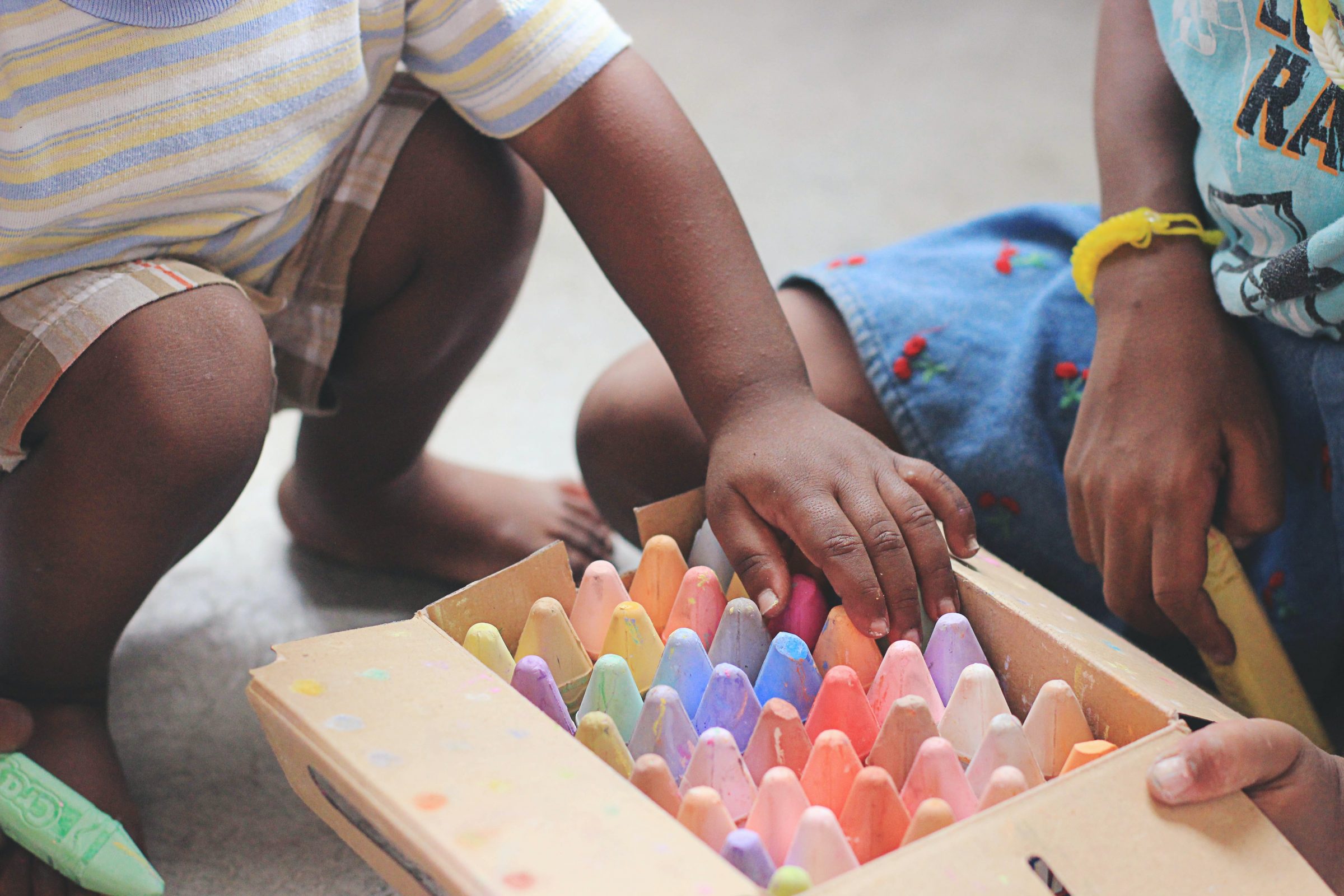
Of course, the entire positive child guidance post is created for the parents in the first place. But I know that it’s not enough for you to learn only about what is it and how important is positive child guidance.
And also, it’s not enough to just read on any matter, if your goal is to make progress or change something that doesn’t fit you.
So this is why I’ve created a resource for you – a parent’s self-evaluation guide for child guidance.
1. Parental Guidance: Self-evaluation guide for parents (E-book+Workbook)
You can use it to understand how you handle child guidance more. Especially if you need to see where the issue lies.
I highly recommend that you check it out. You can also get the ebook + workbook to take that post with you and take action instantly and improve your situation. You can get it from the shop here: PARENTAL GUIDANCE: SELF-EVALUATION GUIDE FOR PARENTS (E-BOOK+WORKBOOK)
Another resource I want to mention is the Child Behavior Management list for parents, with 12 tip-offs on how to do it the right way.
2. Child behavior management
Child behavior management, and it’s created for parents to uncover how good they are at managing a child’s behavior and focus on what they can do to improve their current situation.
I provided you with 12 detailed guidelines you should implement to start managing your child’s behavior more efficiently.
And it all starts with you becoming more and more aware of how you show up for your kids, how respectful are your parental practices, and how you look at parenting in the first place.
3. Online Consultations
Alternatively (it you think this is not for you because you need a more personizable approach), see how you can work with me HERE.
I hope you find these resources helpful, feel free to let me know!
Latest Posts:
- Gifts for Your Teenager That They’ll Actually Enjoy

- 6 Reasons Your Teenagers Seem Distant and Distracted

- Special Gifts to Let Someone Know You’re Thinking of Them (13)

- 100 Ways to Challenge Yourself (Without Stretching Yourself Too Thin)

- What To Do When Your Parent Struggles With Alcohol

- How To Navigate Moving to a New Home With Your Kids

FINAL THOUGHTS ON POSITIVE GUIDANCE
And that was all I wanted to share with you on the topic of the importance of positive child guidance. I hope that you’ll find it helpful and useful.
Also, if you want more actionable suggestions and tips on child guidance check out my post Child Guidance: 12 Questions for Parent Self-evaluation. There I go into 12 important parts of child guidance which can help you learn more about how you’re managing this precisely.
And now to you – do you believe you manage to keep positive child guidance and is there any struggle you’ve encountered with it?
Tell me in the comments, I’d love to chat!






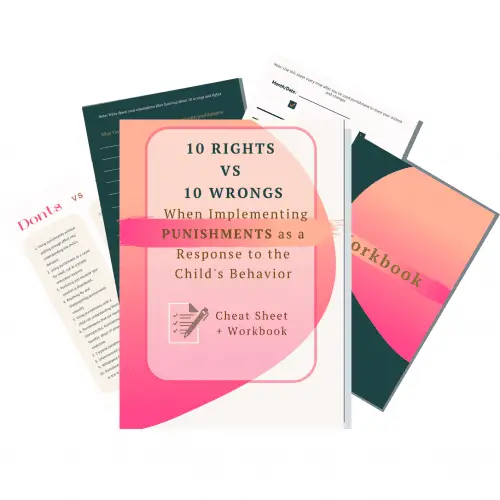
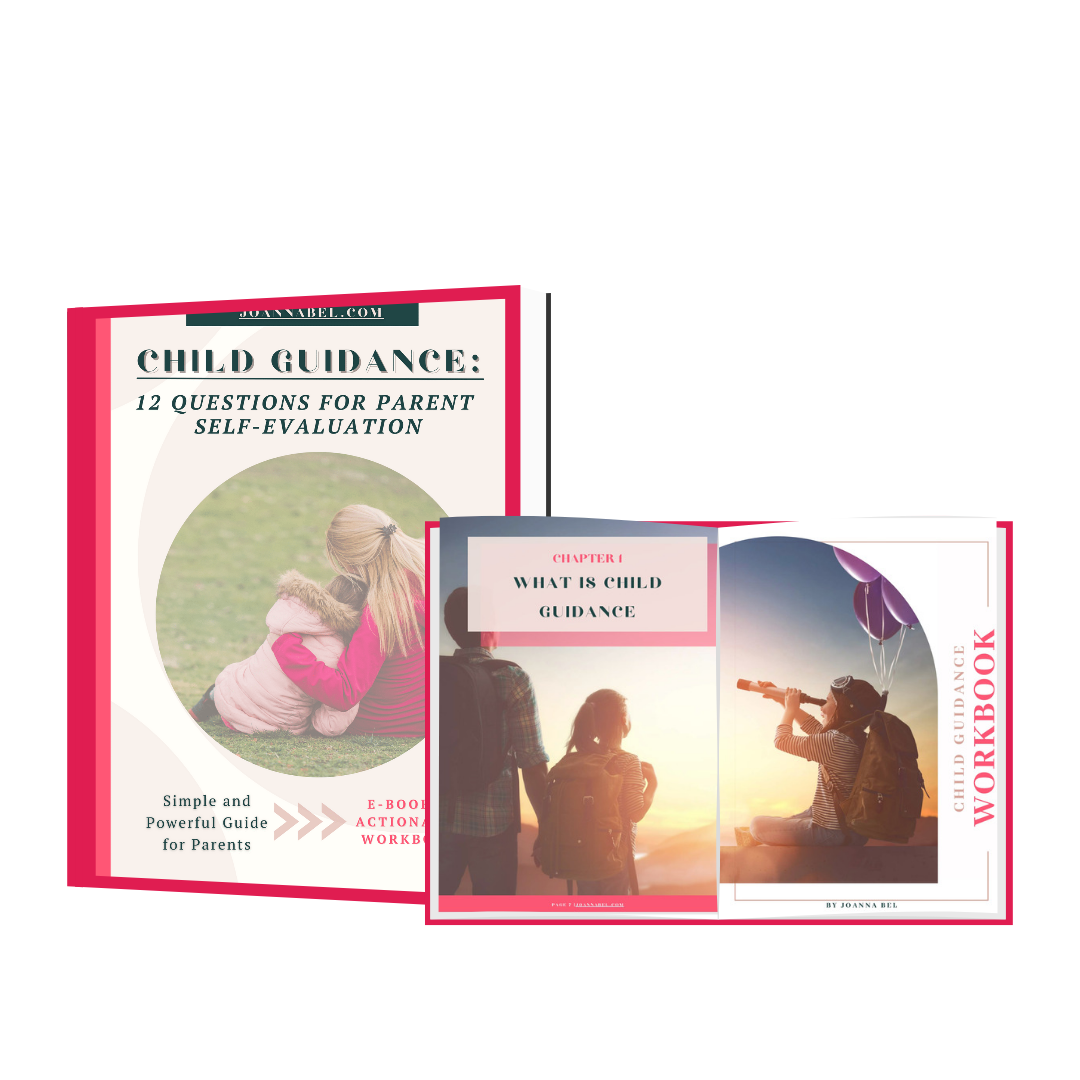




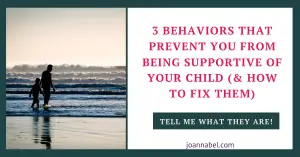

Leave a Reply